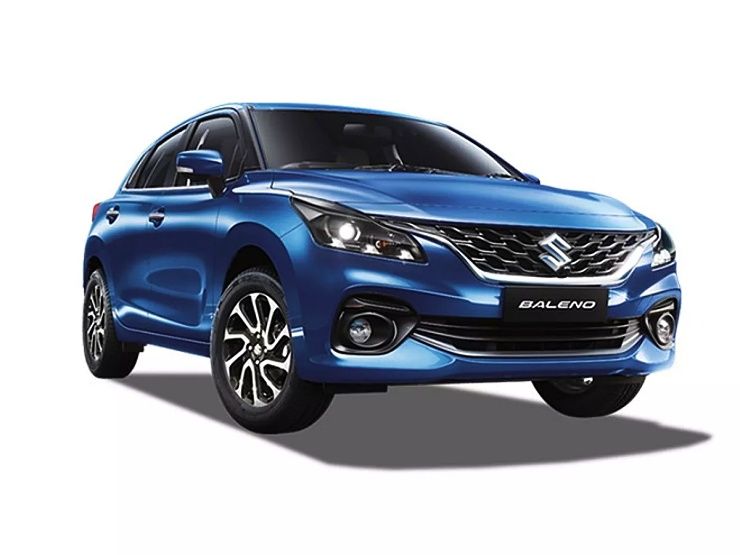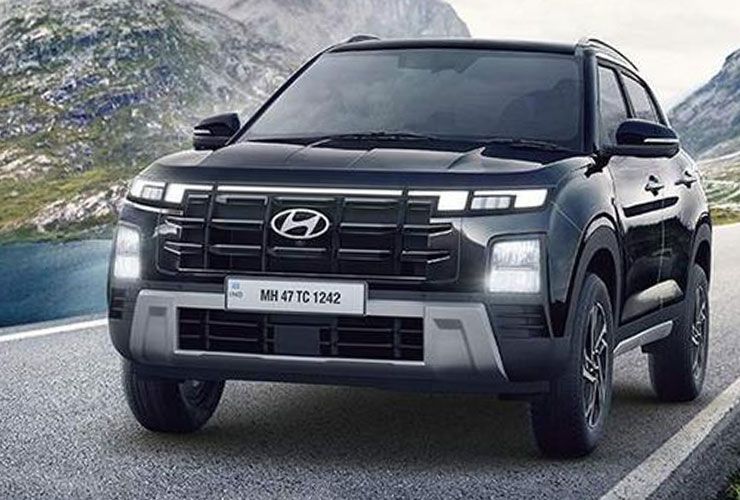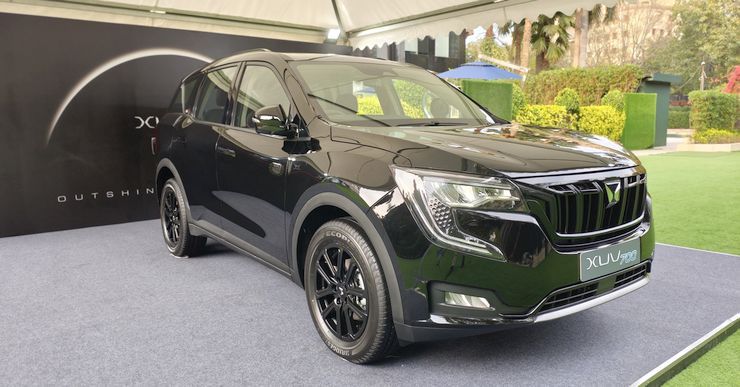GST Cut: Which Car Will Get Cheaper, And By How Much - Real Life Examples


The GST Council has cleared the Centre’s plan to overhaul automobile taxation by replacing the current four-tier system with a simpler two-slab structure. The change, expected to roll out by Diwali 2025, could translate into meaningful savings across car and bike categories.
Japanese brokerage firm Nomura has put out details on which car will get cheaper, and by how much. Here’s a closer look at the numbers and how they affect popular models and monthly EMIs.
Buyers of small cars stand to gain the most. Models under four metres with petrol engines up to 1200cc will see taxes drop from 29% (28% GST plus 1% cess) to 19% (18% GST plus 1% cess). This roughly 10% cut means real money saved for budget-conscious buyers.

For example, the Maruti Suzuki Wagon R, one of the country’s best sellers, is expected to cost about Rs 63,000 less in Delhi, bringing its on-road price down from Rs 8.13 lakh to Rs 7.50 lakh. This reduces monthly EMIs on a five-year loan by around Rs 1,100.

The Maruti Baleno is expected to similar savings, dropping by Rs 68,400 to Rs 8.14 lakh, with EMIs cut by about Rs 1,200. The Dzire, which often tops monthly charts, becomes Rs 69,900 cheaper, reducing EMIs by roughly Rs 1,210.

Tata’s Punch, which has SUV styling but qualifies as a small car, also benefits. Prices are likely to fall by about Rs 59,990, from Rs 7.75 lakh to Rs 7.15 lakh, lowering EMIs by around Rs 1,040. For families shopping in this segment, the new structure is clearly in their favour.

The compact/mid-size SUV category is more complicated. Sub-four-metre models enjoy larger savings, while longer models get smaller cuts. The Tata Nexon, a sub-four-metre SUV, sees the biggest benefit here. Its Delhi price should drop from Rs 10.34 lakh to Rs 9.54 lakh, a reduction of nearly Rs 80,000. EMIs will fall by about Rs 1,390 a month.

The Hyundai Creta, however, measures over four metres and hence faces a smaller cut. Prices should drop by Rs 55,585, bringing the on-road price from Rs 16.12 lakh to Rs 15.56 lakh. While the amount is not insignificant, the percentage reduction is just 3.4%, as larger SUVs may move to a 40% GST bracket rather than the lower slab.

Premium cars and larger SUVs see meaningful but smaller percentage reductions. Volkswagen’s Virtus sedan, aimed at buyers wanting more features and comfort, could get cheaper by about Rs 1.14 lakh, moving from Rs 17.46 lakh to Rs 16.32 lakh. That brings down EMIs by roughly Rs 2,000.

The Mahindra XUV700, a seven-seater that has been in strong demand, is pegged to show the highest absolute savings - reducing by Rs 1.40 lakh to Rs 19.59 lakh. This translates to monthly savings of around Rs 2,450.

In the MPV segment, the Maruti Ertiga shifts from 43% to the new 40% tax bracket. Buyers could save about Rs 52,140, with prices falling to Rs 12.52 lakh in Delhi. EMI reductions are around Rs 910. While the percentage is smaller at 4%, the upfront saving is still significant for family buyers.
Loan rates assumed here are 9.5–10% over five years, reflecting current market conditions. Even modest-sounding cuts translate into noticeable monthly savings. For example, a Wagon R buyer saves roughly Rs 13,200 a year in EMIs, while XUV700 owners see savings of nearly Rs 29,400 annually. These savings can add up over the life of the loan.
Segment-wise, the reductions work out roughly as:
• Small cars: 7.7–7.8%
• Compact SUVs (sub-four-metre): 7.7%
• Larger SUVs: 3.4%
• Premium sedans and mid-size SUVs: 6.6–6.7%
• MPVs: 4%
We expect the move to boost demand, particularly in price-sensitive categories. Nomura projects an overall increase in volumes of 5–10% if the new rates come into effect. Maruti Suzuki, with much of its line-up in the small car space, could benefit the most, while Tata Motors’ Punch and Nexon could also see renewed traction.
The GST Council will finalise details in early September, and while Diwali 2025 is the target, a full rollout could stretch into early 2026. For consumers, the decision boils down to timing. Those eyeing models like the Wagon R, Baleno, Dzire, Punch or Nexon could gain from waiting. For premium buyers, savings on the Virtus or XUV700 are also substantial. Even Ertiga buyers can expect over Rs 50,000 off.
There are risks. Manufacturers may not pass on the entire benefit, or supply shortages could limit availability during the festive period. Still, for most buyers, the potential savings justify holding off purchases for a few months if possible. At the core, the GST change is about affordability, and for many households, that extra Rs 50,000 to Rs 1.40 lakh can make all the difference.